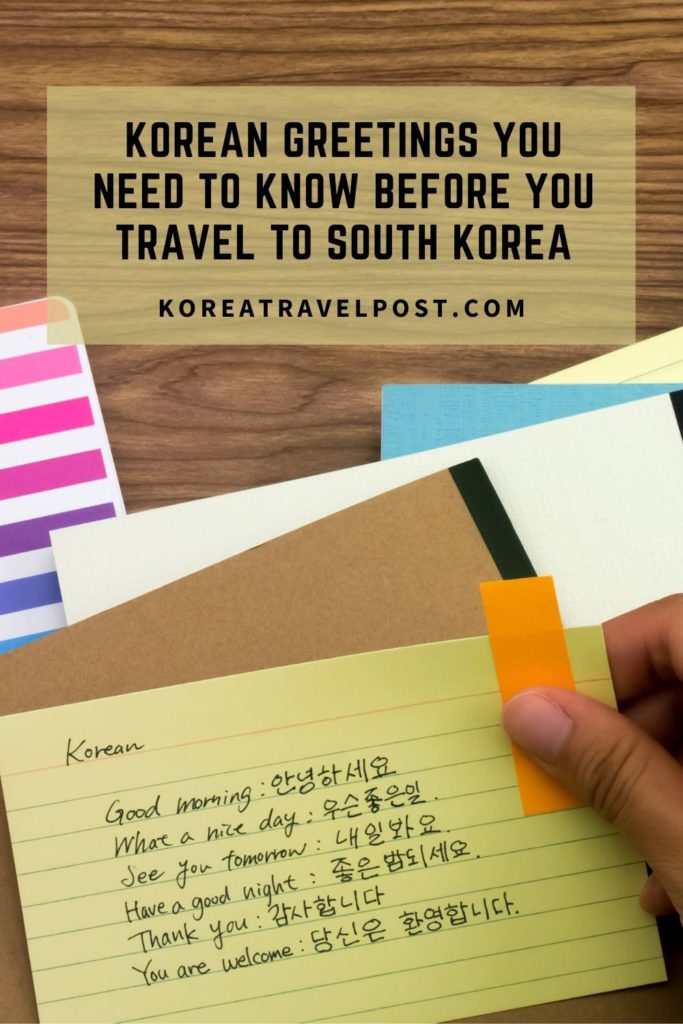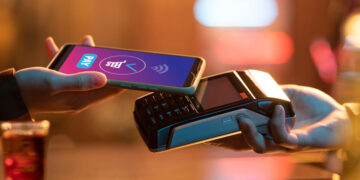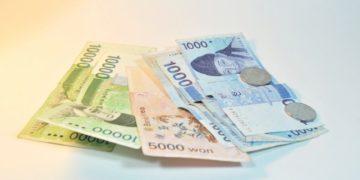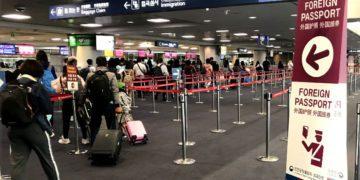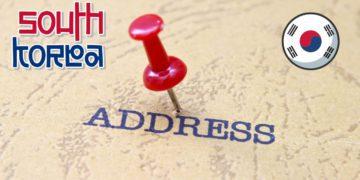Last Updated on 2 years by admin
Learning common Korean greetings, like hello, hi, or good morning in the local language will help you make a good impression on your trip to South Korea!
Visiting a new country and don’t know the local language there! How will you start a conversation with any person you meet? All these apprehensions are overwhelming and quite reasonable. Also, the way you greet a person tells about your personality. Therefore, if you’re planning to visit South Korea, the following will be a useful guide to the most common Korean greetings, and you can learn how to greet in Korean, be it hi or hello!
One way to impress your hosts is to learn Korean via some great mobile apps. If you find that too difficult, you can try to learn some of the most common Korean greetings!
While learning how to say or pronounce some of the Korean greetings indirectly, you will also learn a bit of the Korean language. The greetings in the Korean language are given here in Roman characters for proper pronunciation, followed by Korean characters (Hangeul).
You can read more about Hangul on the MCST website.
Hello!
As a newly arrived foreigner in South Korea, or on your very first meeting with someone, saying “hello” is probably the first dialogue with another person. Shaking hands and saying “hello” used to be the norm before the pandemic of Covid-19! If you are wondering how to say hello or hi in the Korean language? It’s very simple!
Now, the new normal is only to greet with a “hello”! In Korean, “hello” is said in multiple ways for different situations in different contexts.
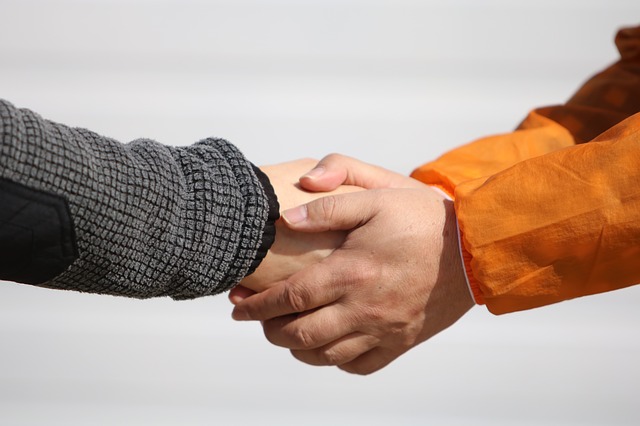
The most common Korean equivalent of “hello” to greet someone in a polite, respectful manner, in any context for almost all situations, is:
Hello – Annyeong Haseyo (in Hangul: 안녕하세요)
For a close friend or someone significantly younger, the informal “hello” is annyeong (애영). But this one is considered disrespectful to elders or senior persons. Haseyo (하세요) is added to show extra respect for all situations.
The most formal “hello” in the Korean language is annyeong hasimnikka (안녕하십니까). As a foreigner, annyeong haseyo is always the safest option to use. Annyeong haseyo is also used for Good Morning in South Korea.
The reply to annyeong haseyo is also “annyeong haseyo,” with or without prefixing the name of the person you are greeting (if known).
Saying annyeong haseyo in an inquisitive tone is used for introductions such as:
Hello, how are you? – Annyeong haseyo? (안녕하세요?)
The reply to this is:
I’m well. How are you?” – Ye. Annyeong haseyo? (예. 안녕하세요?)
It is also normal to bow when you greet someone.
To draw someone’s attention, an informal way to call in English is “hello,” The Korean word for this is:
Hello – Yeoboseyo (여보세요)
This is also commonly used over phone calls.
See how simple it is to say hello in the Korean language!
Hi!
If you want to be a little more informal, you can learn how to say hi in Korean. The informal, casual way to greet someone close, such as friends and family, is:
Hi – Annyeong (안녕)
Good Day!
In English, it is common to greet good wishes for the day. The comparable phrase in Korean is:
Good Day – Annyeong Hasibnikka (안녕하십니까)
Annyeong Hasibnikka is a formal way to greet someone, for example, by welcoming customers to show politeness and high respect. The literal translation of this in English is also “hello.”

Good Morning
Another standard greeting in English is “Good Morning,” and its Korean equivalent is:
Good Morning – Joeun Achimieyo (좋은아침이에요)
Joeun Achimieyo is used at all times of the day and is not as common as “Good Morning” is in English. There are no separate greetings in Korean for “Good Noon,” “Good Afternoon,” or “Good Evening.” However, there is a Korean phrase to say, “Good night.”
Good night – Anyoung-hi jumu ship shiyo (안녕히 주무십시요)
It is also proper to use ‘Annyeong haseyo’ at any time of the day.
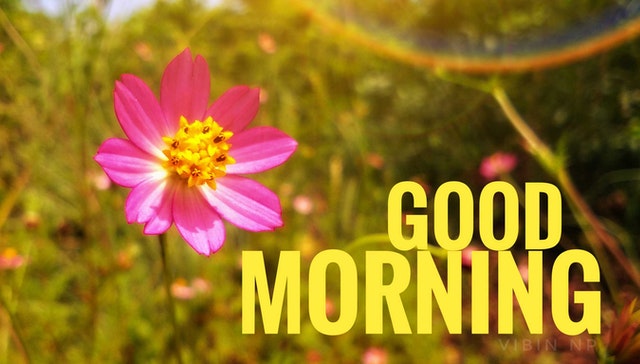
Welcome
You may also hear hwangyong hamnida while entering a shop or restaurant. It is a Korean phrase for “welcome.”
Welcome – Hwangyong hamnida (환영합니다)
You are expected to give a smile and say ‘Annyeong haseyo’ (hello) in reply or nod your head to acknowledge.
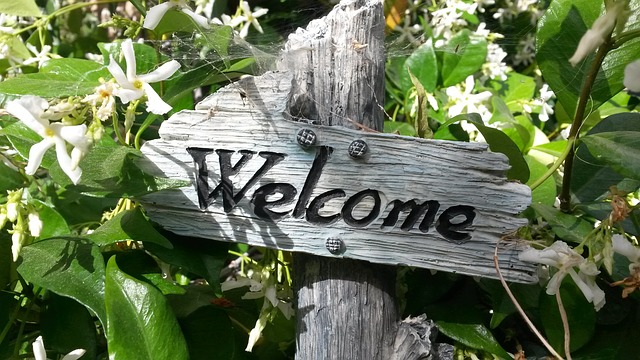
Pleased to Meet You!
Another greeting to express your feelings in English is, “Pleased to meet you.” In Korean, the phrase for this in more formal contexts or when speaking with someone elder or older is:
Pleased to meet you – Mannaseo Bangapseumnida (만나서 반갑습니다)
and for a casual situation, it is:
Pleased to meet you – Bangapseumnida (반갑습니다)
How are You?
To find out how someone is doing in English, we say, “how are you?” The Korean equivalent for this is:
How are You? – Eotteohge Jinaeseyo? (어떻게 지내세요?)
For an informal conversation between friends, the phrase is:
How are You? – Yojeum Eottae? (요즘 어때?)
which is a casual way to say, “How are you?” “How’s it going?” or “What’s up?”.
You can also use ‘Annyeong haseyo?’ for saying, “How are you?” as mentioned above in the “Hello” section.
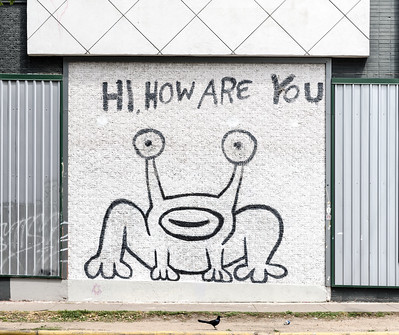
Thank You
To thank someone there are many different options in Korean. The use of the Korean greeting of thank you depends on whom you want to thank and for what. Two of these are:
Thank You – Kamsahamnida (감사합니다)
It is the more formal version and is appropriate to use in any context. For an informal situation Koreans use:
Thank You – ‘Gomo woyo (고마워요)
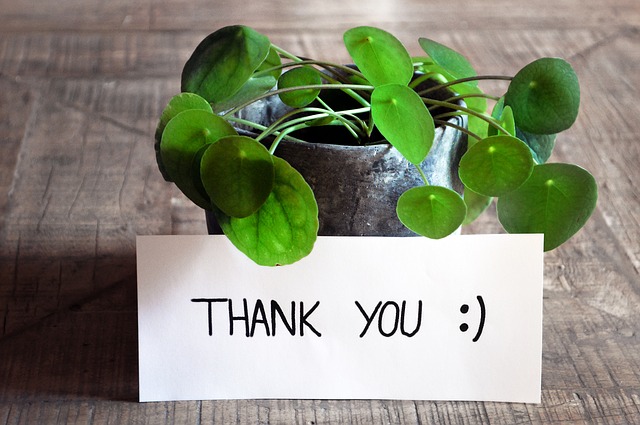
Goodbye
In Korean, the word for goodbye is dependent on who is going and who is saying it and whether it is a formal or informal situation. Goodbye to the host by the guest leaving is:
Goodbye – Annyeong hi gyeseyo (안녕히 계세요)
which translates to ‘please stay well,’ while, for a casual situation, it is:
Goodbye – Jal Itsuh (잘 있어)
which simply means “bye’, or “stay well.”
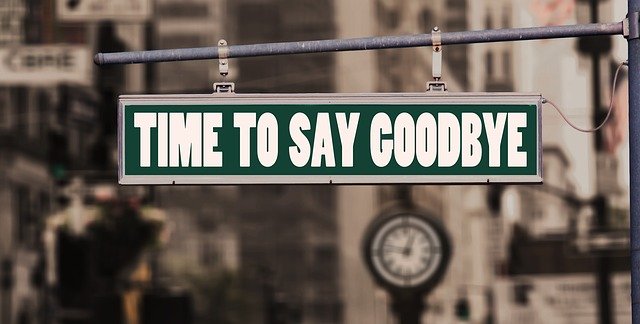
Likewise, the host uses the following Korean greeting to say goodbye to the guest leaving:
Goodbye – Annyeong hi gaseyo (안녕히 가세요)
which means ‘please go well,’ while, for a casual situation, it is:
Goodbye – Jal ga (잘 가)
which means ‘go well.’
You can read more about Korean superstitions and culture and common Korean greetings.
We hope that reading through this post helped you understand how to say hello in the Korean language or simply say hi in Korean.
Using appropriate greetings will make you sound more fluent in Korean and win you the respect of local people. Try to remember as many as you can!
Love it? Pin it!
